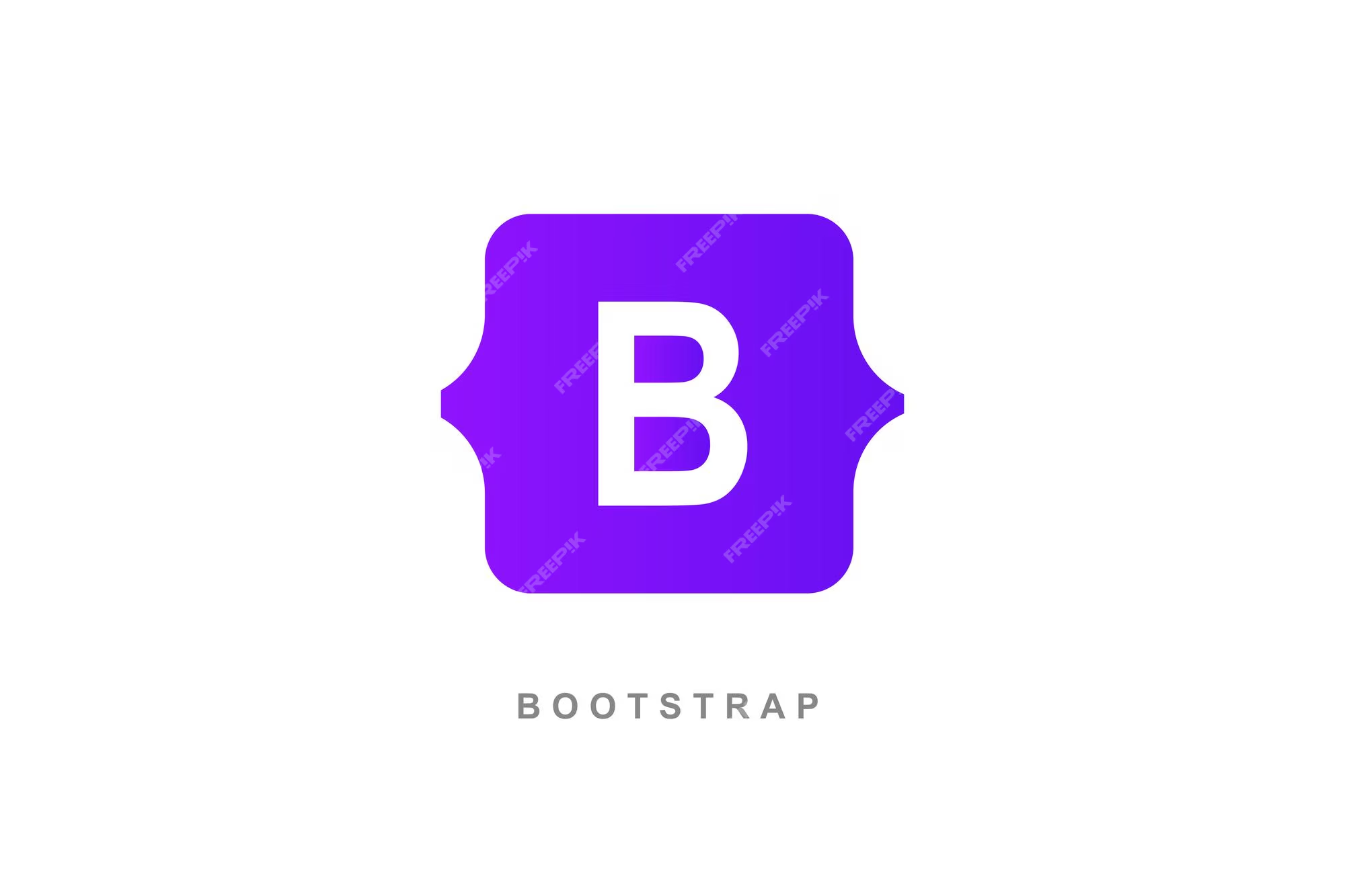Bootstrap

What is Bootstrap?
Bootstrap is a free and open-source CSS framework used for developing responsive and mobile-first websites. It includes HTML, CSS, and JavaScript-based design templates for typography, forms, buttons, tables, and navigation components.
Why Use Bootstrap?
- Speeds up front-end development
- Provides pre-built responsive design components
- Ensures consistency across different browsers and devices
- Easy to customize and extend
Key Features of Bootstrap
- Responsive Grid System: A 12-column layout to build responsive pages
- Predefined Classes: Easily style elements like buttons, cards, alerts, etc.
- Built-in Components: Includes modals, dropdowns, tooltips, navbars, and more
- JavaScript Plugins: Adds interactivity through jQuery-powered components
How to Use Bootstrap
- Include Bootstrap via CDN in the <head> section of your HTML
- Or download the Bootstrap files and host them locally
- Apply Bootstrap classes to HTML elements for styling and layout
Popular Bootstrap Classes
- btn: For buttons
- container / container-fluid: For page layout
- row / col: For grid system
- alert: For alerts
- navbar: For navigation bars
- card: For card-style UI blocks
Advantages of Bootstrap
- Reduces the time and effort needed to design a website from scratch
- Ensures consistency across projects
- Highly customizable through its SCSS source files
- Large community and strong documentation
Disadvantages of Bootstrap
- May include unnecessary code for small projects
- Websites can look similar if customization is not done
- Learning curve for understanding all the classes and utilities
← Back to Home
